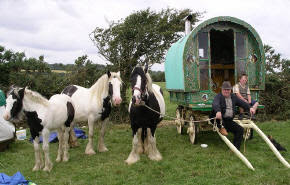 What is a Virtual Community?
What is a Virtual Community?A Virtual Community is a community which is formed by a group of people who have a certain interest in common, these people communicate their thoughts and feelings on certain topics or issues via, e-mail, telephone, social networking (facebook, bebo), newsletters, blogs, etc. These communities can be formed for professional or social reasons.
Why Are Virtual Communities Formed?As mentioned earlier these communities are formed for either professional or social purpose. People enjoy many activities through virtual communities including,
- Working Together (for the purpose of business) : Certain work groups within companies and between companies use on line communities for the purpose of team building, keeping in touch and working on assignments together.
- Socialising: Alot of Virtual Communities are formed for the purpose of socialising, whether it be just chatting, sharing jokes or trying to meet people. These communities usually operate through chat rooms, social networks or on-line bulletin boards.
- Discussion of Topical Issues: Forums are often constructed online to give people the opportunity to discuss their feelings and beliefs in relation to topics which are of importance to the users.
What is a Brand Community?"A brand community is a specialized, non‐geographically bound community, based on a structured set of social relations among admirers of a brand."(O'Guinn,2001)
Brand Communities build relationships between the brand and the customer, the customer and a particular product and also between fellow customers. The overall aim of these communities is to create brand loyalty among consumers. Along with creating loyalty these communities give members a sense of belonging or connection which is something that many people lack due to the demands of modern day life.
Harley Davidson as a Brand Community
In 1983 the brand Harley Davidson faced an uncertain future as the company was in jeopardy. Today this company is listed in the top fifty global brands and is worth $7.8 billion. The success of this company has been put down to their commitment to building a brand community.
After the companies near collapse in the early 80's management within Harley Davidson completely redesigned their business model around a brand community philosophy. Harley Davidson re-structured every area of the organisation including its culture and operating procuders, this was all in a bid to drive its new community strategy.
Reference:
http://www.fullcirc.com/community/communitywhatwhy.htm
http://www.journals.uchicago.edu/doi/abs/10.1086/319618
http://www.jstor.org/pss/3203368
http://hbr.harvardbusiness.org/2009/04/getting-brand-communities-right/ar/1







 About This Creature
About This Creature

 There is an old saying, which goes “Gypsy Gold does not chink and glitter, it gleams in the sun, and neighs in the dark”. This proverb is believed to have originated from the Claddaugh Gypsies of Galway, it is in reference to the wonderful relationship between gypsies (travellers) and their most treasured possessions, their horses.
There is an old saying, which goes “Gypsy Gold does not chink and glitter, it gleams in the sun, and neighs in the dark”. This proverb is believed to have originated from the Claddaugh Gypsies of Galway, it is in reference to the wonderful relationship between gypsies (travellers) and their most treasured possessions, their horses. 



